Ready or not, here it comes:
- Maybe it's not as difficult as finding a franchise quarterback, but drafting pass-rushing outside linebackers for a 3-4 defense has turned out to be an extremely hit-or-miss proposition for the Steelers dating all the way back to 1992.
- Back in the early days of the Bill Cowher regime, it wasn't necessary to spend a first-round pick to secure a quality pass-rushing 3-4 outside linebacker. For the price of a second-round pick in 1993, the Steelers got Chad Brown, who would post 13 sacks and two interceptions during his only season at the position in Pittsburgh, and third-round picks bought them Jason Gildon (77 sacks over 10 seasons) in 1994 and Joey Porter (60 sacks over eight seasons) in 1999.
- Also, back in the early days of the Bill Cowher regime, it was possible to get college defensive ends in the third round – which is the position both Gildon and Porter played at Oklahoma State and Colorado State, respectively – and have them transition to pass-rushing outside linebacker rather quickly.
- And another thing: it wasn't a total waste to take a flyer on such a guy in the late rounds of a draft, or a guy from a smaller college program. The Steelers did just that with No. 9 Elnardo Webster from Rutgers in 1992, No. 7 Carlos Emmons from Arkansas State in 1996, and No. 5a Clark Haggans from Colorado State in 2000.
- Webster was a promising rookie who sustained a career-ending knee injury three games into the 1992 season; Emmons had 12 sacks and five fumble recoveries in 20 starts for the Steelers before leaving as an unrestricted free agent; and Haggans started 61 games, contributed 32.5 sacks, and was a starter in Super Bowl XL during his time with the Steelers.
- None of that seems possible anymore.
- Maybe it has to do with the proliferation of hybrid defenses that have sprouted up in response to the way NFL offenses have evolved into pass-happy outfits that take advantage of the way the contemporary game is legislated, which had led to there being more fishermen with lines in the same pond.
- It's not a coach thing, because Bill Cowher certainly had his share of successes picking these kinds of players, but there were more than a few duds as well. Steven Conley, a 3a pick in 1996, was very athletic but softer than a baby's blankee. Alonzo Jackson was a huge mistake as a No. 2 pick in 2003, and going for Nathanial Adibi over running back Michael Turner in the fifth round in 2004 cost the team at two positions.
The Pittsburgh Steelers 2017 rookie class took a trip to visit the Mel Blount Youth Home.
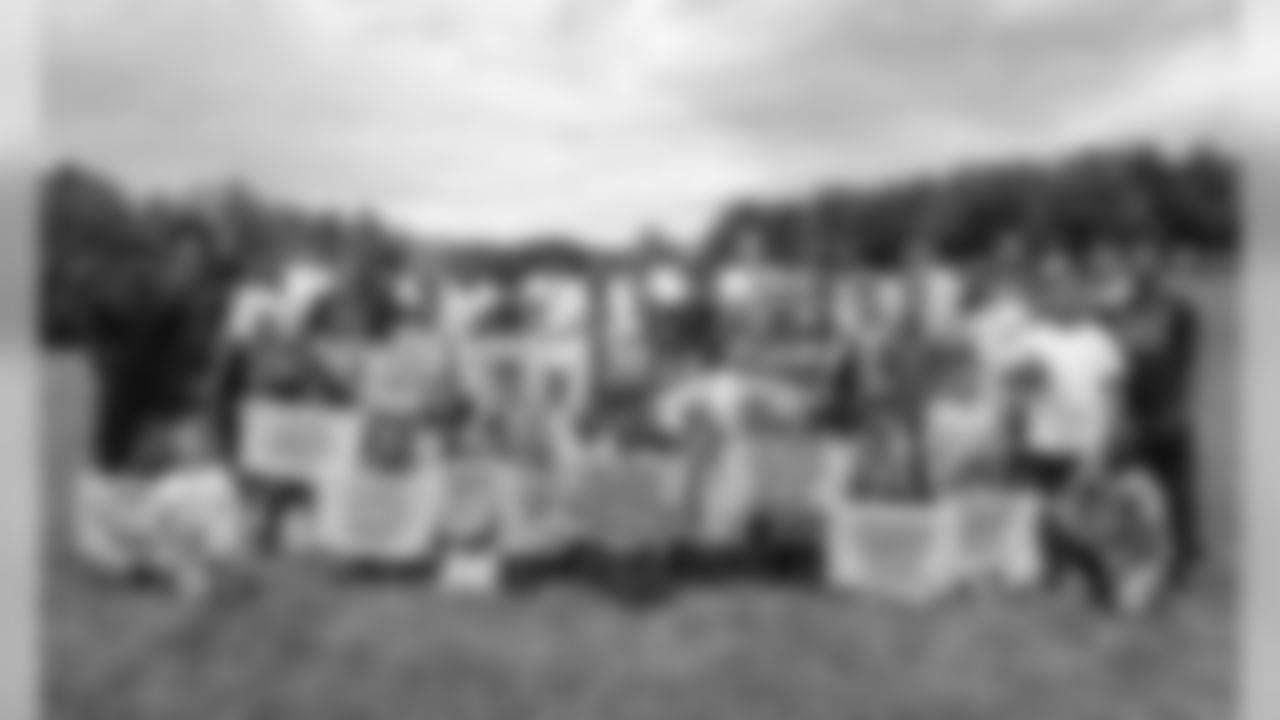

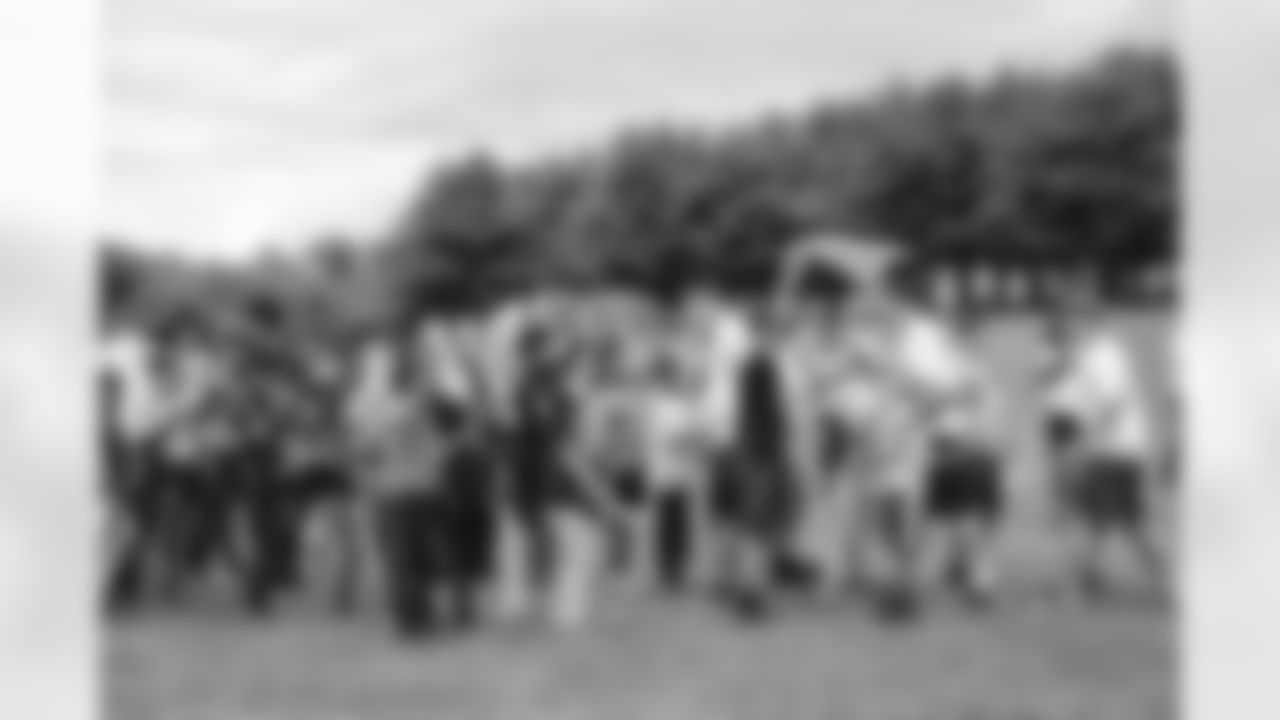

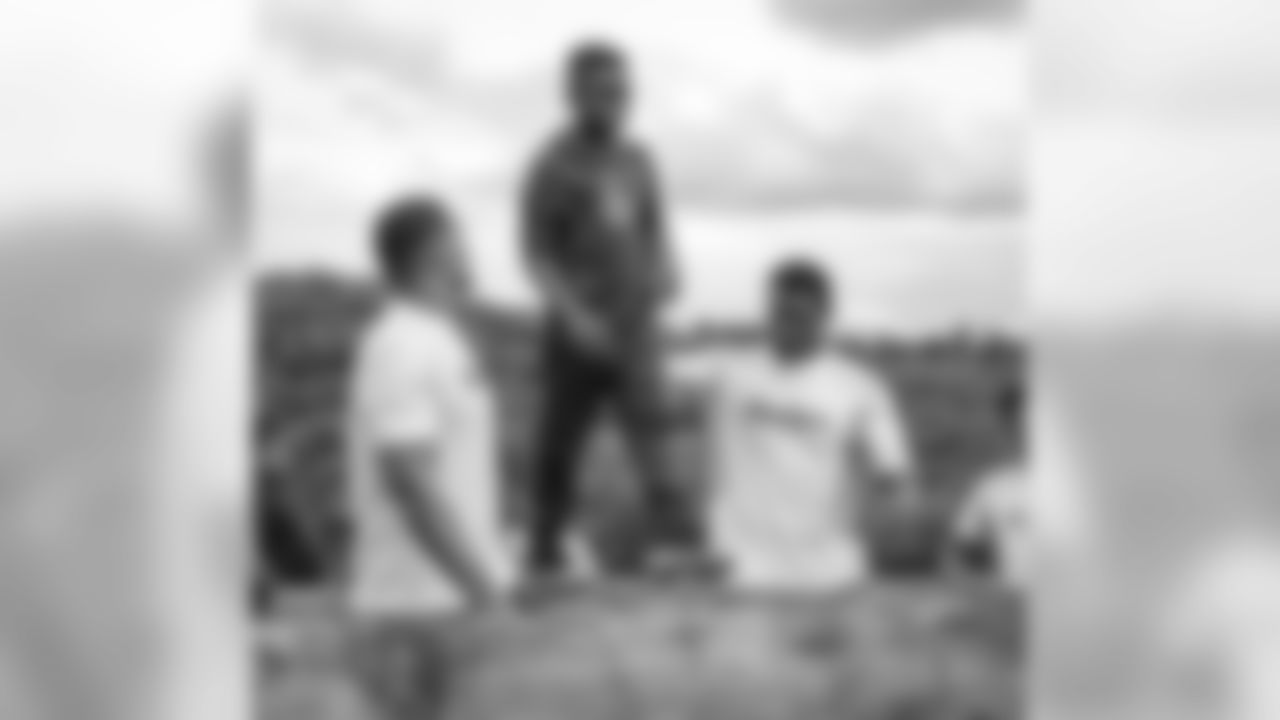




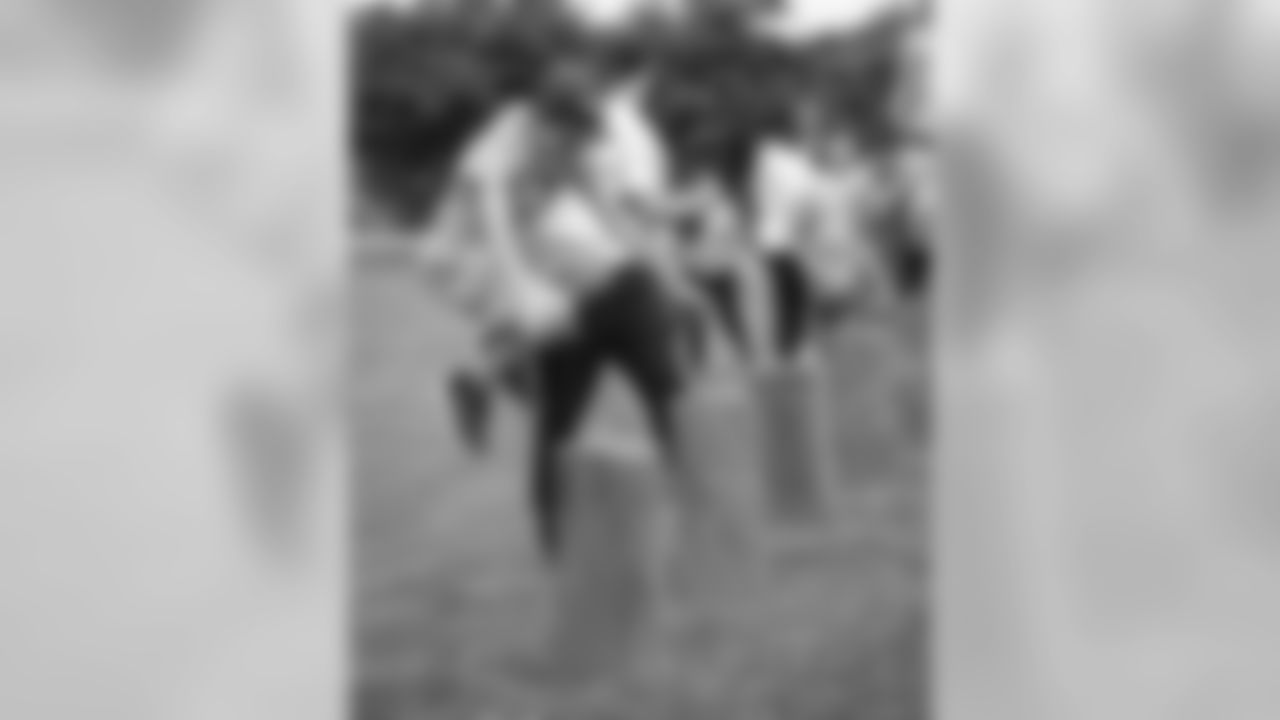














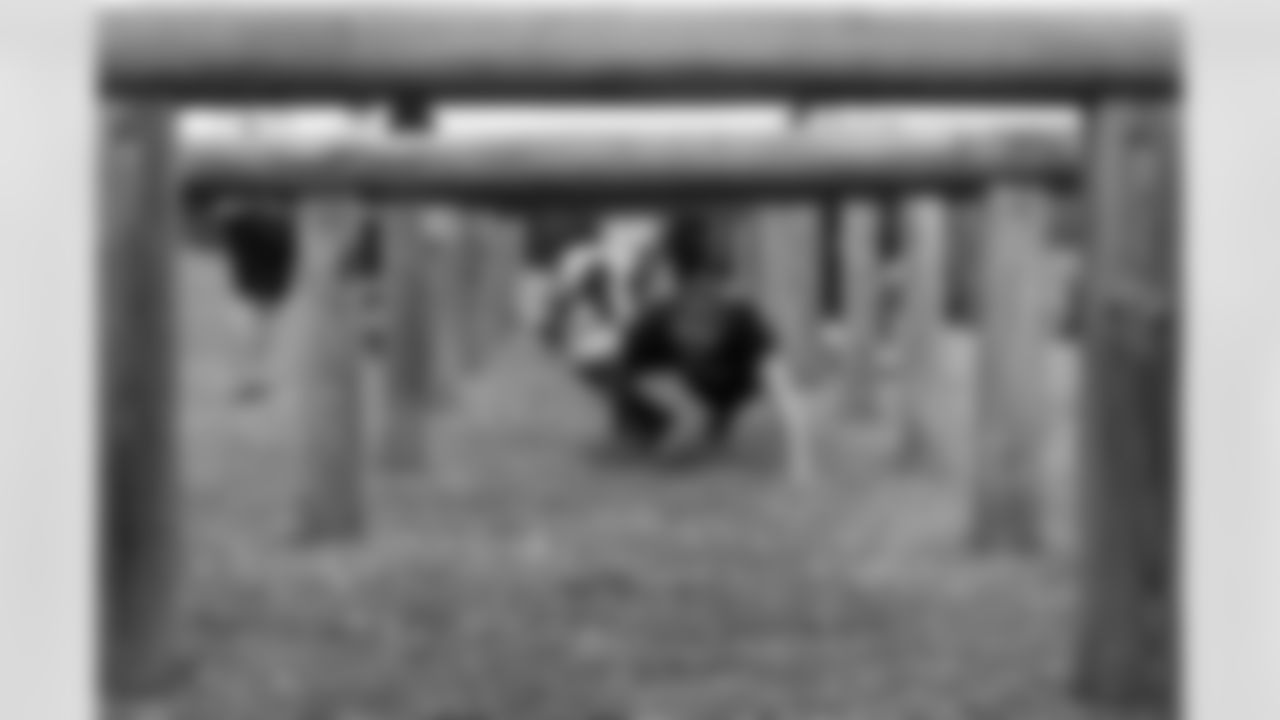
















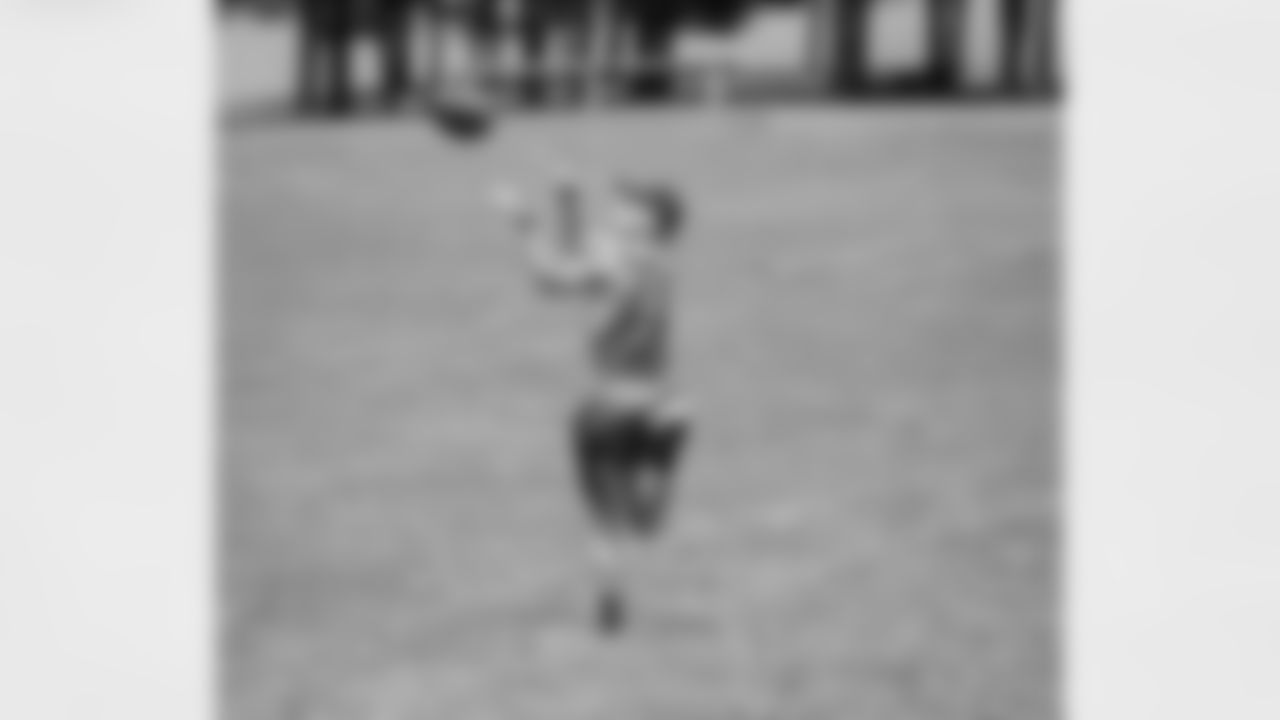


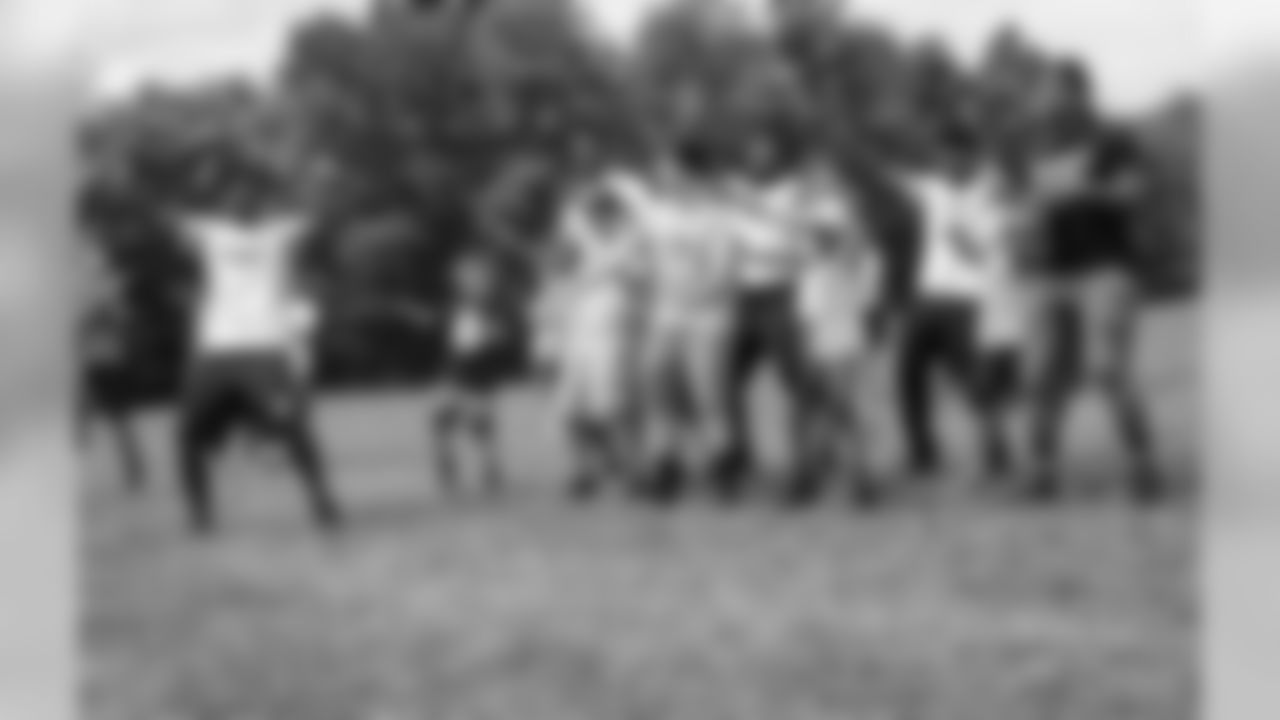








- Mike Tomlin similarly has had successes and failures in identifying players for this job, with LaMarr Woodley and Jason Worilds both deserving to be counted among the successes, even though both of their careers here were shorter than ideal. Woodley developed an inability to push himself away from the dinner table, and Worilds opted to retire from football early to work with the Jehovah's Witnesses.
- The biggest success of the Tomlin era was identifying William Gay as a starting-caliber player, something Cowher never did while cutting him on two different occasions.
- Bruce Davis, a No. 3 pick in 2008, and Jarvis Jones, a No. 1 pick in 2013, both qualify as misses, and one of the things the Tomlin-Colbert regime has yet to pull off is hitting on one of those later-round flyers. Their very own Clark Haggans, so to speak.
- Not that they haven't tried. Thaddeus Gibson was a No. 4 pick in 2010, Chris Carter a No. 5 in 2011, Jordan Zumwalt a No. 6a in 2014, Anthony Chickillo a No. 6b in 2015, Travis Feeney a No. 6 in 2016, and Keion Adams a No. 7 in 2017. Of that group, Chickillo still has a chance, and Adams will get his first opportunity to impress at Saint Vincent College when camp opens in late July.
- Gibson flashed a bit during his rookie training camp, but when the Steelers tried to get him onto the practice a couple of games into the 2010 regular season he was claimed off waivers. His entire NFL career consisted of four games for three different teams over three seasons. Carter is still bouncing around the league and currently is on the roster of the Washington Redskins. Zumwalt arrived for his rookie camp with the tease of versatility, but he never could stay healthy enough to make a legitimate run at a roster spot during a couple of years of trying.
- Feeney was intriguing for his measurables – 6-foot-4, 230 pounds, 4.5 in the 40-yard dash, 40-inch vertical jump, 10-10 broad jump, 11.71 60-yard shuttle – and he also posted 17.5 tackles for loss and eight sacks as a senior at Washington as he re-made himself from a safety into a linebacker. Feeney was injured during his rookie training camp, but the Steelers stuck him on their practice squad. He was signed by New Orleans in early December, but the Saints waived him injured earlier this week.
- Chickillo remains a prospect, but it's fair to label this a do-or-die camp/preseason for him as he continues the transformation from the 277-pound defensive lineman he was in college to a strongside outside linebacker in the Steelers' 3-4. There were times last summer when Chickillo looked to be the team's best outside pass-rusher, but it never even carried over into any of the preseason games. Chickillo has contributed as a core special teams player, and that could buy him more time to become a contributor on defense.
- The most recent player to fit into this category is Keion Adams, the rookie seventh-round pick from Central Michigan. A defensive end during his final two college seasons, Adams is 6-2, 245, and he posted 18 tackles for loss and 7.5 sacks in 2016 for a team that finished 13-1. Whether any of the quickness and burst Adams has flashed during football-in-shorts translates when the pads go on starting at Saint Vincent College is a guess at this point, but what isn't conjecture is the Steelers can use more outside linebackers who can give them some of that.
- Training camp and the preseason is the time for sleepers, for nobodies from nowhere, for phenoms, and all of that can be fun for fans, but the Steelers' fortunes for 2017 and the immediate future will hinge on whether the two No. 1 picks on the roster – Bud Dupree and T.J. Watt – can give the team first-round caliber outside linebacker play.
- If that happens, there won't be any need for phenoms.














